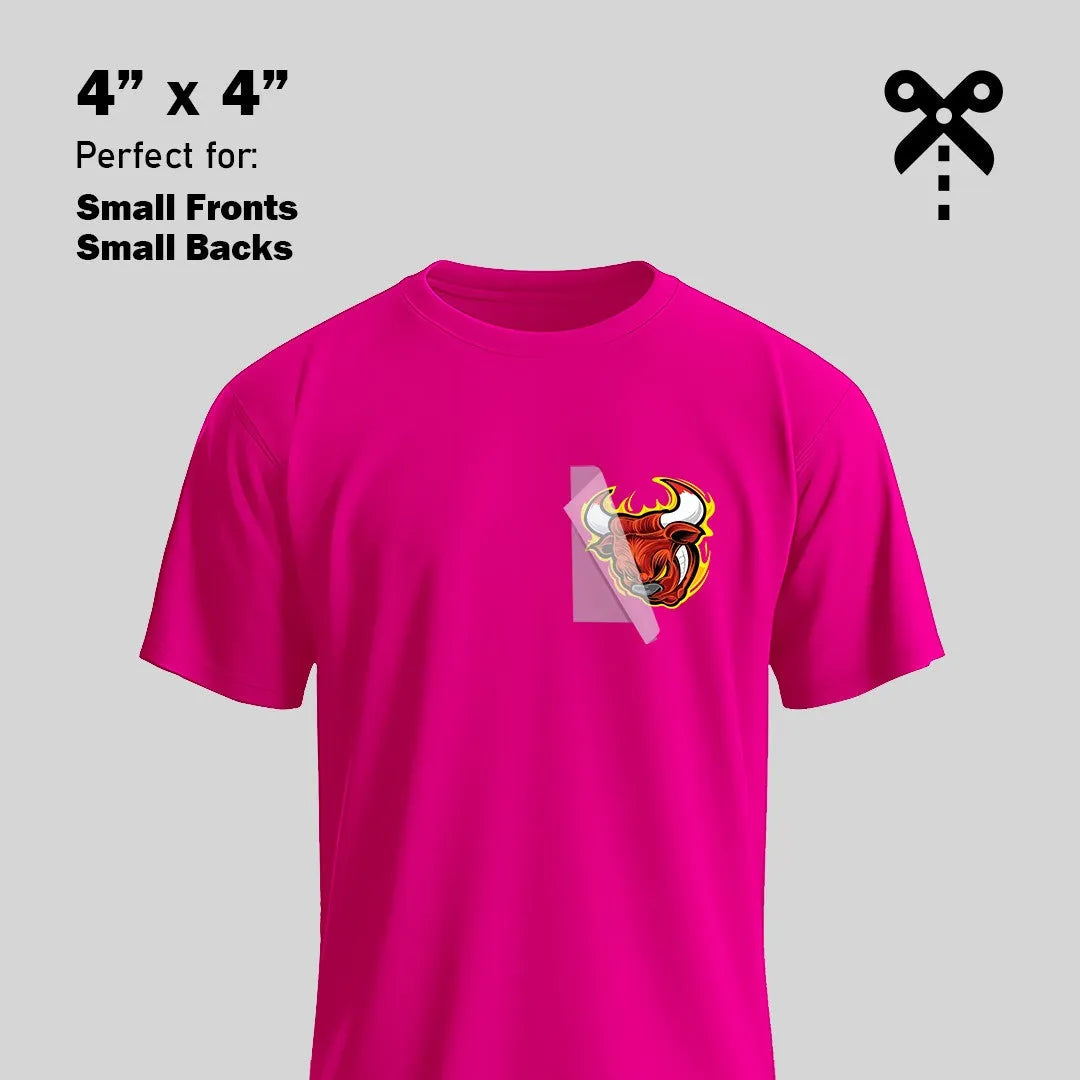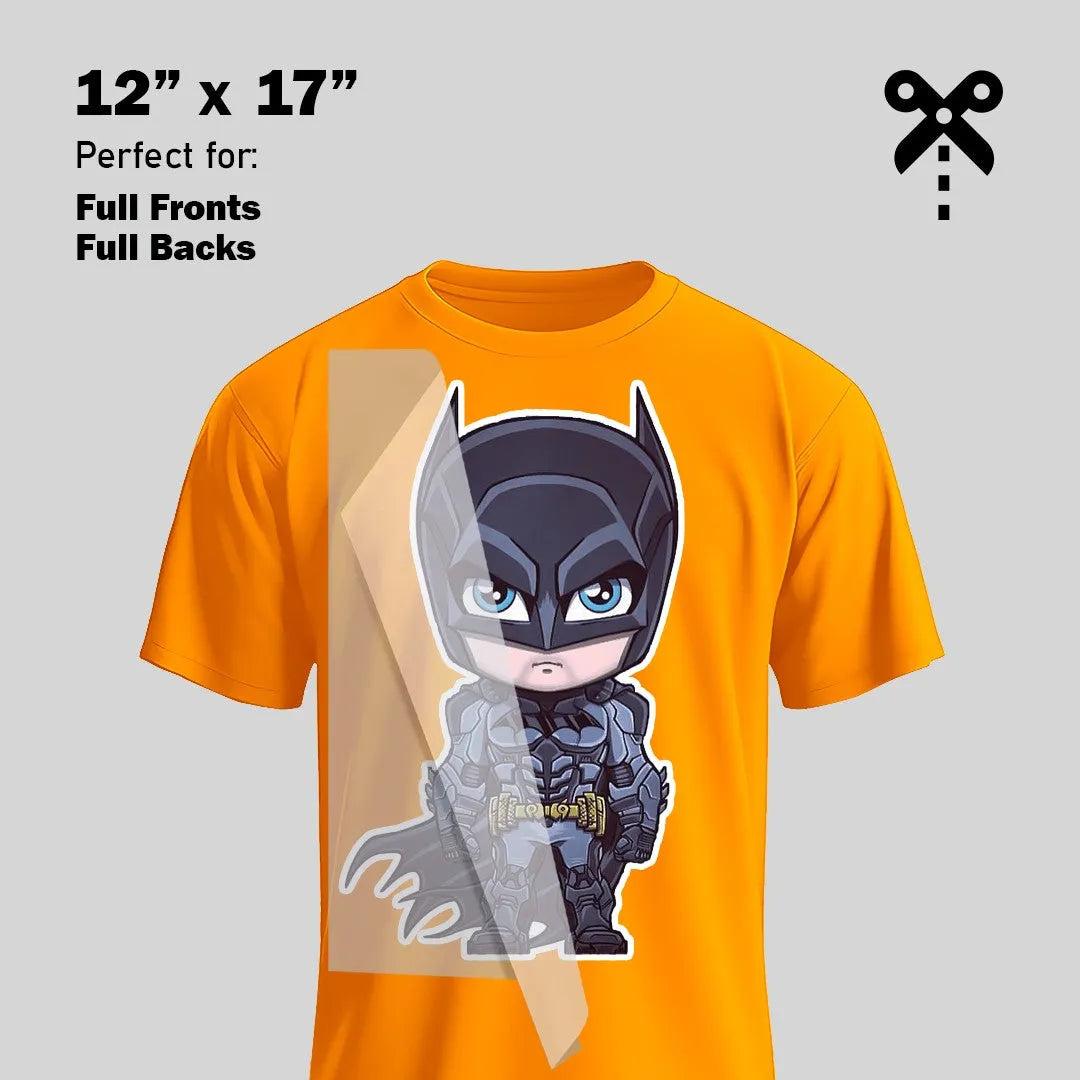Let customers speak for us
Digital Textile Printing: Revolutionizing Fabric Customization
Digital textile printing is transforming the way fabrics are designed, produced, and customized. This innovative technology allows high-quality, full-color designs to be printed directly onto fabric with precision and efficiency. It offers endless creative possibilities for fashion designers, interior decorators, and manufacturers seeking fast and flexible production methods. By replacing traditional screen and rotary printing, digital textile printing has brought speed, sustainability, and design freedom to the forefront of modern fabric production.
What Is Digital Textile Printing?
Digital textile printing is a process where digital designs are printed directly onto fabrics using specialized inkjet printers. These printers use eco-friendly inks—often reactive, pigment, or sublimation-based—to produce vibrant colors that penetrate the fabric fibers. The result is a print that feels soft, looks professional, and lasts wash after wash.
Unlike traditional fabric printing, which requires screens and setup for each color, digital printing works straight from the digital file. This eliminates the need for complex preparation and allows unlimited design flexibility. Whether you are printing a single custom design or producing hundreds of meters of fabric, digital printing ensures consistency and quality every time.
Why Choose Digital Fabric Printing?
1. High-Quality Prints
Digital fabric printing provides unmatched detail and clarity. The technology allows for ultra-high-resolution designs, perfect for intricate patterns, gradients, and photographic images. The printed colors remain vivid and crisp, maintaining their quality even after multiple washes. This makes it ideal for luxury textiles, fashion garments, and home décor applications where precision is key.
2. Versatility Across Fabrics
One of the biggest advantages of digital textile printing is its compatibility with different fabric types. From natural fibers like cotton and silk to synthetics such as polyester and nylon, this method works seamlessly on a wide range of materials. Whether you’re creating fashion fabrics, upholstery, scarves, or promotional banners, digital printing delivers reliable results on every surface.
3. No Setup Fees or Minimum Orders
Traditional fabric printing often involves costly setup fees for screen preparation, color separation, and plate production. With digital printing, these expenses are completely eliminated. You can print exactly what you need—whether it’s one meter or one hundred—without worrying about high upfront costs. This makes digital printing especially attractive for small businesses, startups, and designers experimenting with new collections.
4. Quick Turnaround Time
Speed is another major benefit. Since there’s no need for setup or screen alignment, digital fabric printing drastically reduces production time. Once your design file is ready, printing can start immediately. This rapid process helps businesses meet tight deadlines, fulfill custom orders faster, and bring designs to market in record time.
5. Eco-Friendly and Sustainable
Digital textile printing is far more environmentally friendly than conventional printing methods. It uses significantly less water, energy, and chemicals. Traditional dyeing processes often produce large amounts of wastewater, but digital printing minimizes this by applying color only where needed. The inks used are often water-based and non-toxic, reducing the ecological footprint. For companies focused on sustainability, this is a major advantage.
Key Benefits of Digital Fabric Printing
Unlimited Customization
With digital textile printing, your creativity has no limits. You can reproduce photographs, complex illustrations, and artistic patterns with incredible accuracy. There are no restrictions on color count, scale, or detail. Designers can easily modify or update prints without additional costs, encouraging more experimentation and innovation.
Ideal for Small-Batch and Personalized Production
Digital printing excels at short runs and one-off designs. Whether it’s personalized clothing, custom home décor, or limited-edition accessories, digital printing makes it easy to create unique products. This on-demand capability also helps reduce overproduction and excess inventory, aligning with the growing trend of sustainable manufacturing.
Cost-Effective for All Scales
Because digital textile printing eliminates screen and setup costs, it’s economical for both small and large projects. You only pay for what you print. This approach benefits small brands that want to test new designs without committing to large quantities. Larger manufacturers also gain efficiency by reducing waste and streamlining production.
Consistent Color and Quality
Every print produced through digital technology is consistent from start to finish. The color management systems ensure that the design looks the same across multiple batches. This accuracy is especially valuable for fashion brands that rely on specific shades and patterns to maintain brand identity.
Reduced Environmental Impact
Digital textile print significantly cuts down on water usage, chemical waste, and fabric waste. Many digital printers use closed-loop systems that recycle unused ink and water. As more manufacturers adopt this technology, the textile industry moves closer to achieving its sustainability goals. Consumers increasingly prefer eco-friendly products, making digital printing a smart choice for responsible production.
Applications of Digital Textile Print
Digital textile print is used in various industries. In fashion, it enables designers to produce bold prints and detailed artwork without limitations. In interior design, it’s perfect for curtains, upholstery, and bedding with custom patterns. The sportswear industry benefits from quick production of colorful, breathable fabrics. Even in advertising, digital fabric printing is used for banners and displays due to its clarity and durability.
This versatility makes digital print one of the most valuable technologies for modern textile businesses. Whether for creative expression or commercial use, it allows manufacturers to deliver exactly what customers want, quickly and sustainably.
The Future of Fabric Print
As technology continues to advance, digital textile print is expected to dominate the global textile market. Innovations in printer hardware, ink chemistry, and color management are constantly improving print quality and speed. New sustainable inks and energy-efficient printers are reducing environmental impact even further.
The rise of digital print supports the demand for personalized, small-batch, and eco-friendly products. It empowers creators and brands to adapt quickly to trends while maintaining superior quality. The future of textile production is undoubtedly digital.
Conclusion
Digital textile print has revolutionized fabric customization by combining creativity, efficiency, and sustainability. It enables stunning, high-quality prints on a wide range of materials without the limitations of traditional methods. The process is fast, flexible, and eco-conscious—perfect for businesses of all sizes.
Whether you are a fashion designer, manufacturer, or creative entrepreneur, digital fabric print gives you the freedom to bring your designs to life with precision and purpose. In a world that values individuality and sustainability, this technology truly represents the future of textile innovation.
Please Click to get DTF Transfers for T-shirts
Please Click to get Printer Cleaning Foam Swabs
More information







